

Contributor
- Topics: Archive
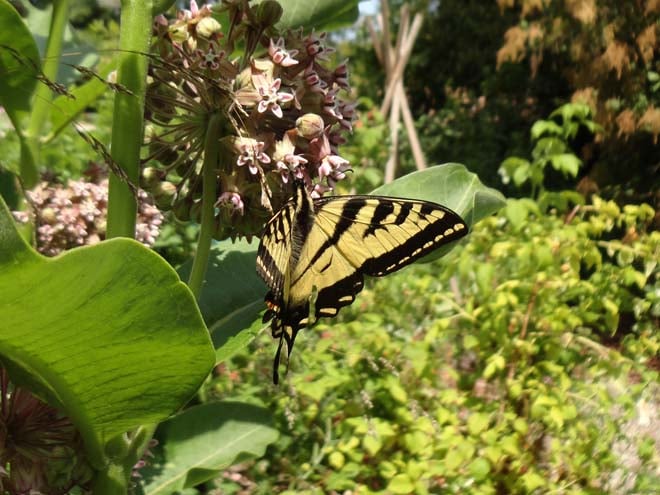
Everyday citizens—gardeners, nature-loving hobbyists, school age kids, and concerned environmentalists—are helping to produce valuable data to help scientists understand more about the suspected causes of pollinator declines and possible remedies.
Participation in one of the many projects listed below enables non-scientists to partner with working scientists by monitoring and recording data about animal populations and distribution.
California:
- The Great Sunflower Project was created and directed by Professor Gretchen LeBuhn of San Francisco State University in 2008. Participants were initially asked to grow sunflowers and collect data about visiting bees, but now are being invited to record data about all the plant-pollinator relationships in their area. www.greatsunflower.org
- Insectaries for Pollinators and Farm Biodiversity, a pilot program of the Gold Ridge Resource Conservation District, has been working to enhance pollinator habitat on seven working farms and is currently seeking funding to expand the program with more participants. www.goldridgercd.org/project/pollinators
- Monarch Butterfly Journey North asks participants to track spring migration by reporting their first sighting of an adult monarch butterfly. Participants also report the first spring sightings of milkweed, monarch butterfly eggs and/or caterpillars. The purpose of the study is to provide insight into the broad movement patterns and timing of monarch migration and possible range expansion. www.learner.org/jnorth/monarch/
- Los Angeles Butterfly Survey (LABS) is seeking photos of butterflies in the Los Angeles area to document distribution. www.birds.cornell.edu/citscitoolkit/projects/nhmla/los-angeles-butterfly-survey-labs-1
- The Urban Bee Project invites participants to upload data to help determine the relationship of bees and flowers in Northern California. https://nature.berkeley.edu/urbanbeegardens/research_protocol
- ZomBee Watch investigators watch for evidence of honeybees that have been parasitized by zombie flies. www.nhm.org/site/activities-programs/community-science/zombee-watch
Oregon:
- An OSU study of bumblebee pollination of blueberries is seeking blueberry growers in the Willamette Valley who are willing to participate in the study. Participants will be asked to plant native or exotic flora attractive to bees in their fields to supplement bloom and measure its impact on blueberry yield. https://oregonstate.edu/ua/ncs/archives/2013/jan/osu-aims-increase-blueberry-yields-bumblebees
- Project Bumblebee, a program of The Xerces Society, is looking for online participants in Oregon and throughout the country to help track the range of several bumblebee species. www.xerces.org/bumblebees/
- Oregon Field Guide offers this video about citizen scientist activities in the Portland metropolitan area. https://watch.opb.org/video/2289843807/
Washington:
- Urban Pollination Project, begun in 2013 by students in the University of Washington Department of Biology, focuses on native bumblebees and their effect on the pollination of tomato plants. www.urbanpollinationproject.org
- Pollinator Pathway is a Seattle project dedicated to creating a one-mile corridor of urban pollinator habitat in parking strips between Seattle University and a tiny, forested park called Nora’s Woods. Sign up to care for a garden along the planting corridor or participate in larger twice a year work parties and other educational events. www.pollinatorpathway.com
More projects for many regions and for all ages:
- Pollinator Partnership has projects of many types. www.pollinator.org
- The Lost Ladybug Project encourages participants to document the presence of local ladybugs. www.lostladybug.org/
- Citizen Sort is a fun site that lets visitors log in to play matching, sorting and other games designed by biologists and naturalists to help classify insects, animals, and plants. www.citizensort.org/
- Search: Bioblitz and the name of your town to discover opportunities to participate in 24-hour surveys designed to find and identify as many species of plants, animals, and insects in a specific area.
- Butterflies I’ve Seen is a site that asks participants to upload photos of local butterflies to help the North American Butterfly Association collect data on butterfly populations. www.nababis.org/
Online Resources to Assist with Pollinator Identification
- Bugguide is a comprehensive online photo identification site for insects from all over North America. www.bugguide.net
- North American Butterfly Association has good photos and information about native butterflies. www.naba.org/
- The Xerces Society for Invertebrate Conservation is a comprehensive resource for habitat, gardening, and species information. www.xerces.org
- Download Bumble Bees of the Western United States (pdf) https://www.xerces.org/wp-content/uploads/2008/09/Western_BB_guide.pdf or visit their Red Lists page for information about endangered invertebrate species. www.xerces.org/red-lists
Share:
Social Media
Garden Futurist Podcast
Most Popular
Videos
Topics
Related Posts
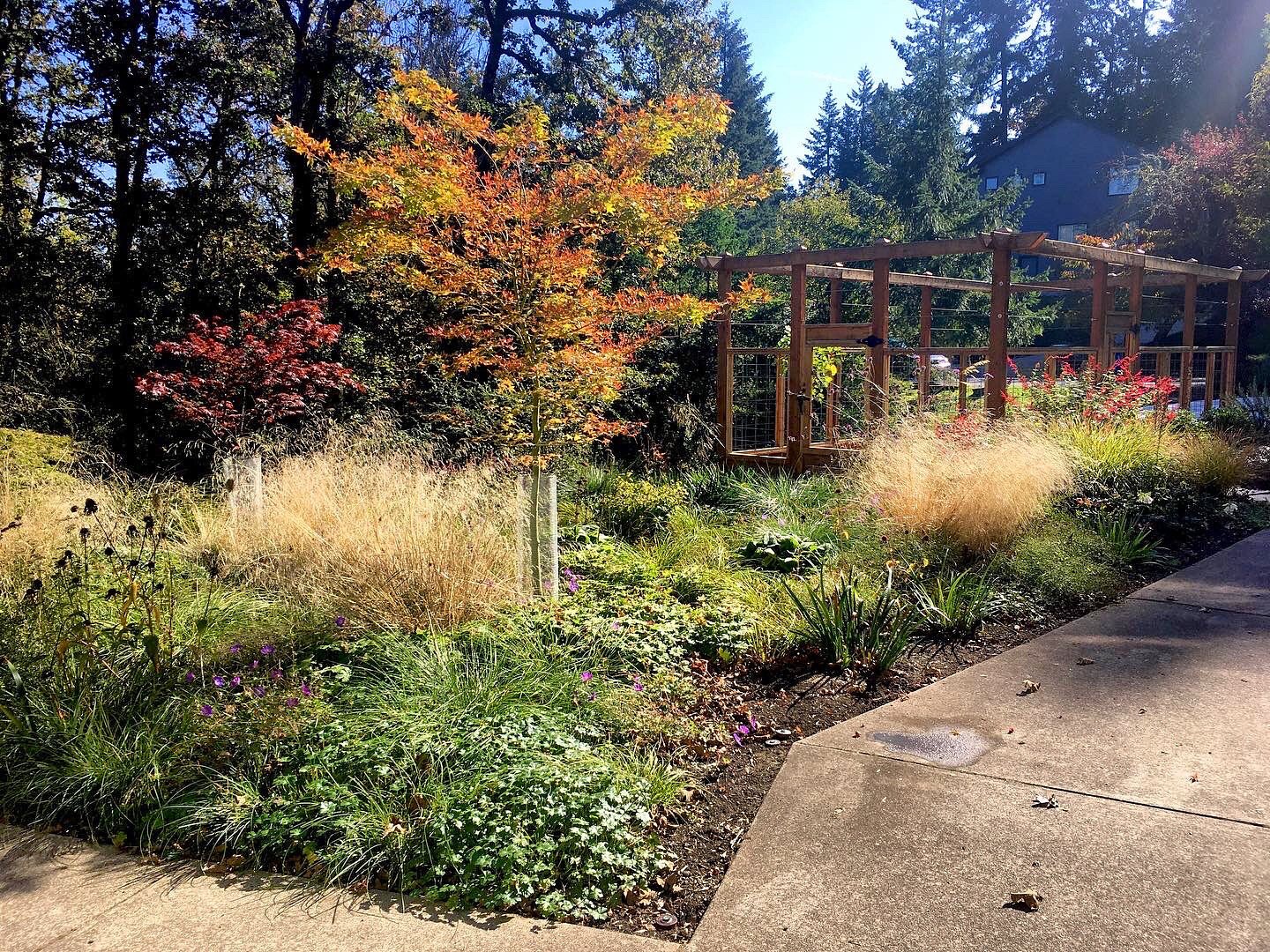
Low Maintenance Gardens – Better for Pollinators and People
Autumn 2022 “I come out every day. It’s therapy, my meditation.” Janet’s young garden transformed from overgrown, invasive plants to mostly natives. The dailiness of
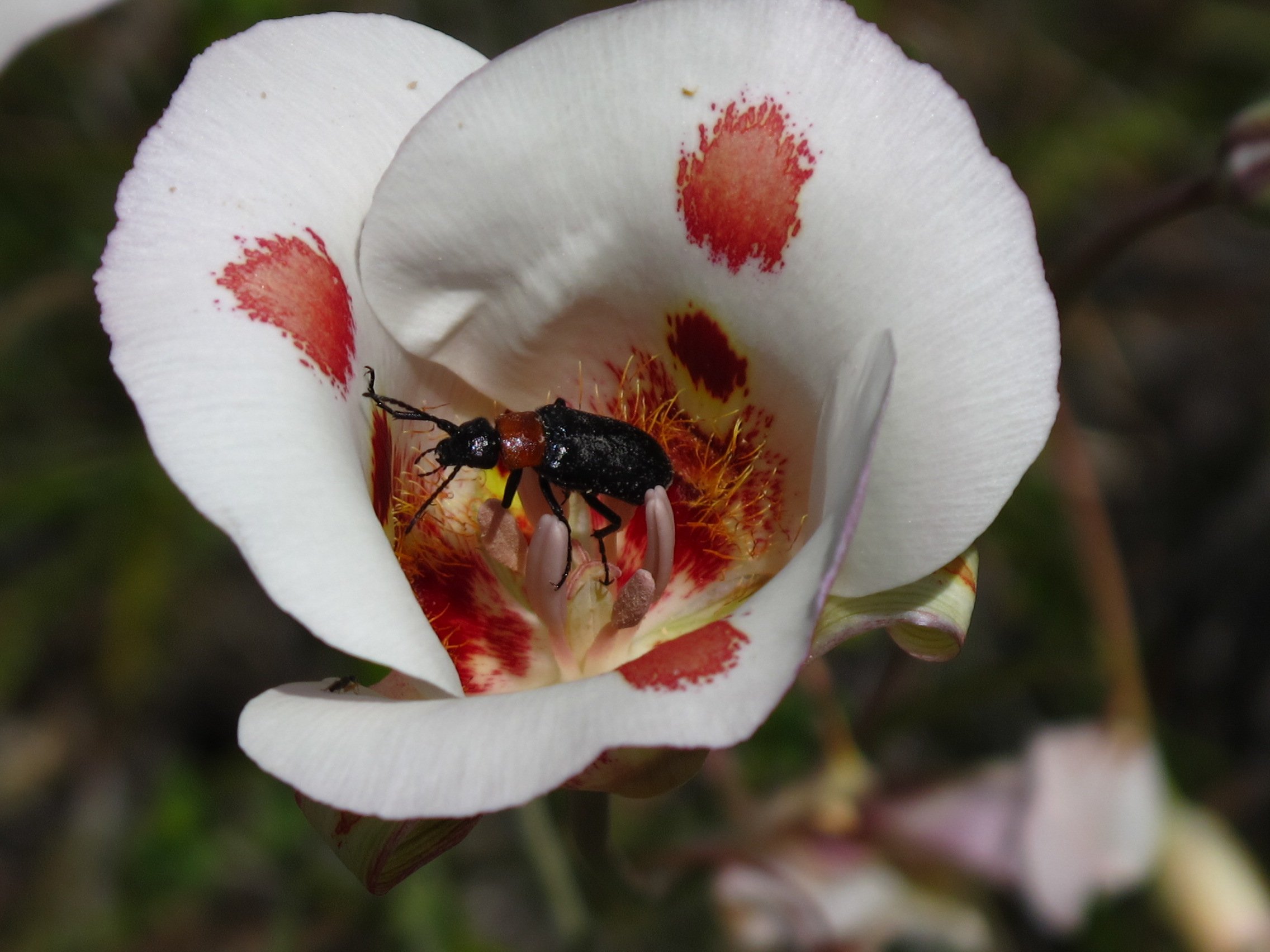
Calochortophilia: A Californian’s Love Affair with a Genus
Summer 2022 I can chart the progression of my life by Calochortus. For the last two decades, at least. As a teenage girl growing up
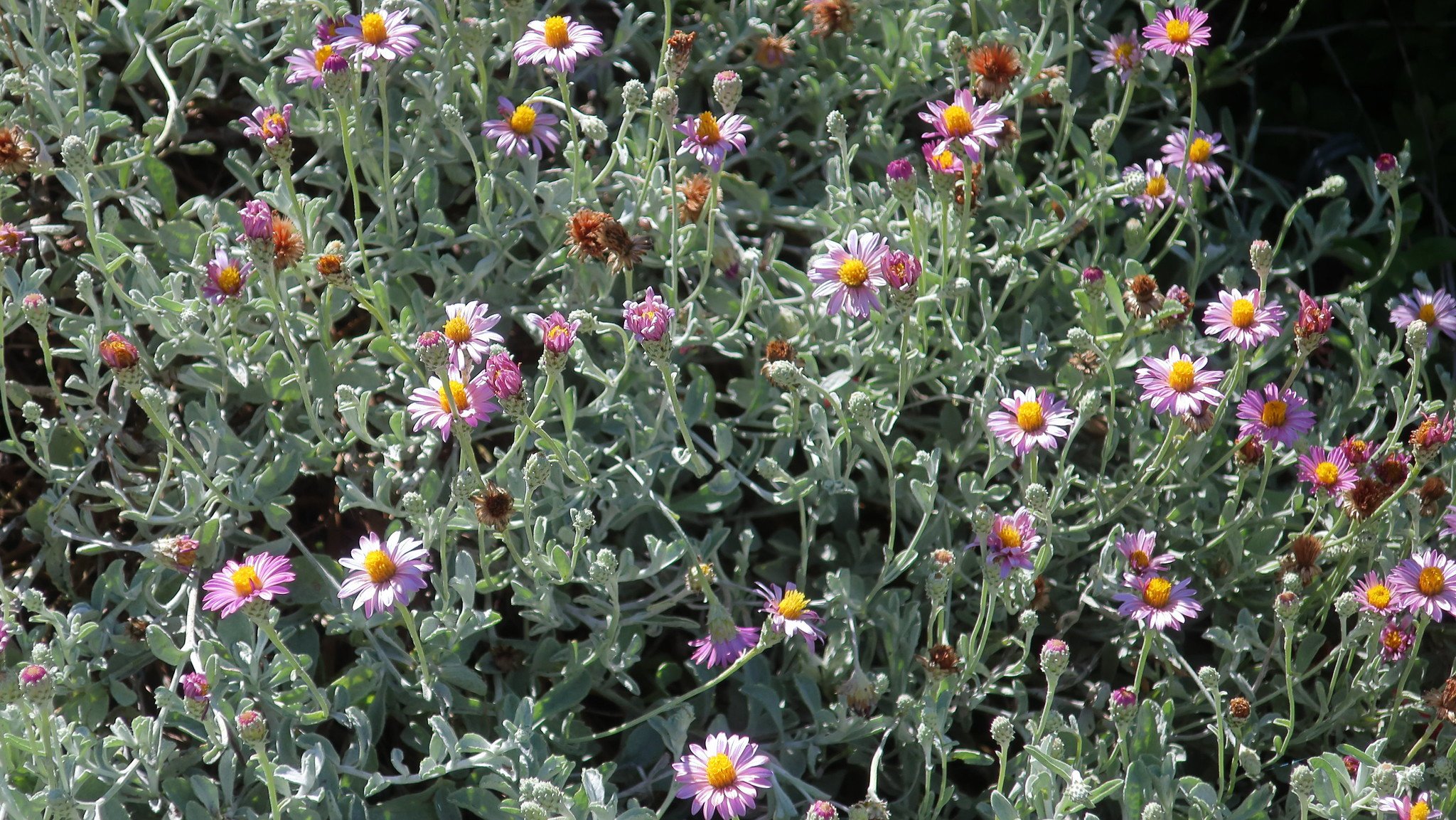
Pacific Plant People: Carol Bornstein
Spring 2022 Public gardens play a key role in demonstrating naturalistic planting design, selecting native and adapted plants for habitat, and testing techniques for reducing
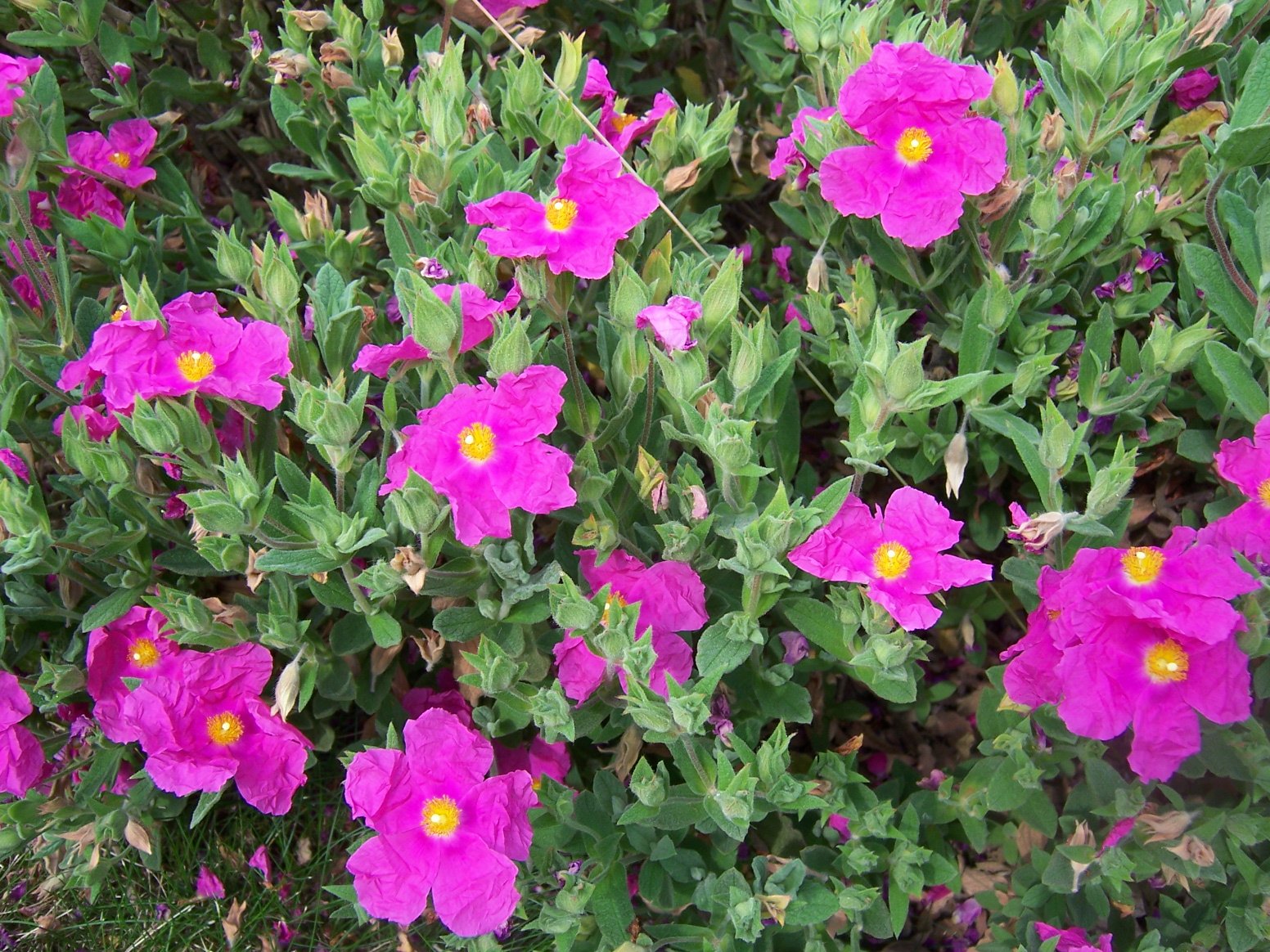
Add Year-Round Interest and Winter Blooms for Pollinators
Spring 2022 This article was created from an Interview by Merrill Jensen with Neil Bell in the Summer of 2021 for our Pacific Plant People






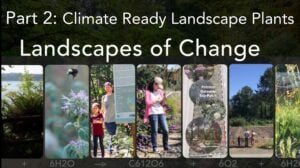

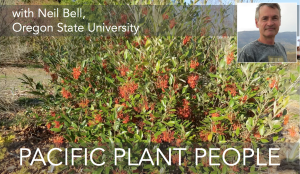
Responses